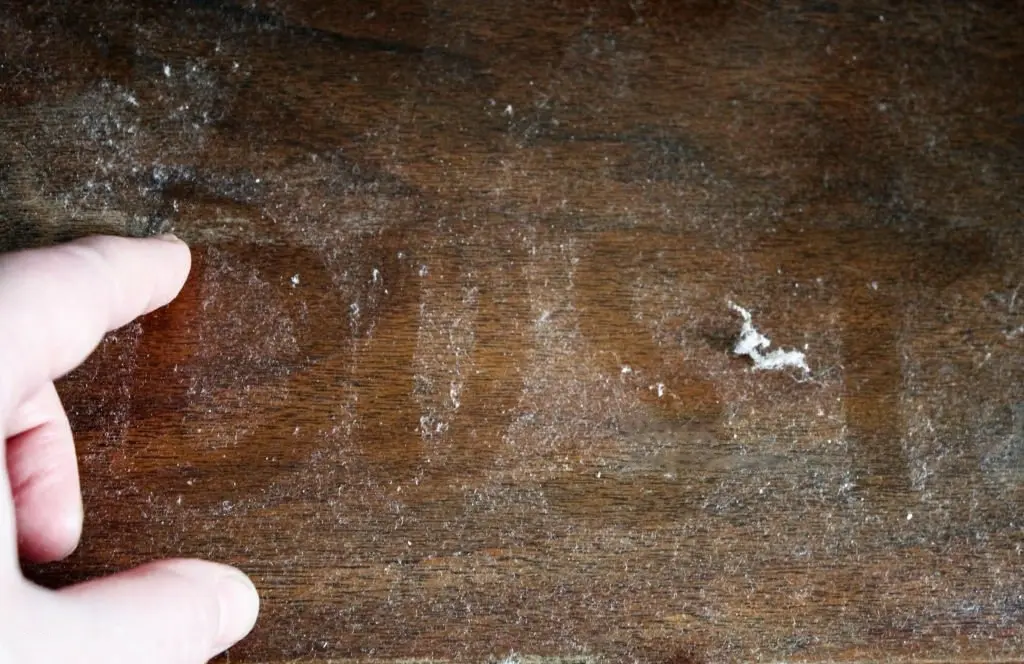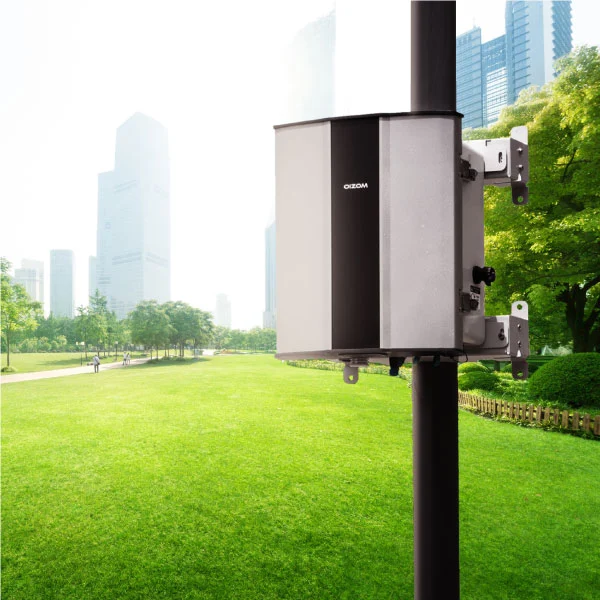When we talk about apartments, we all visualise a cosy place with a balcony where we can sip our favorite beverage with the beautiful view accompanying us. Or a place where we can chill after a hectic day with our favorite food and movie. In any scenario, I am sure no one ever had ‘dust’ in their imagination of their apartment.
This blog will ensure you never have to imagine dust in your apartment daydreams. We will explore how you can effectively and practically reduce dust in your apartment.
Effective Cleaning Practices
A dust-free home is not only visually appealing but also vital for a healthy living environment. Effective cleaning practices are the cornerstone of maintaining an apartment that not only looks clean but feels clean. Let’s dive into the best practices for dusting, vacuuming, and mopping to keep your apartments pristine.
Dusting Techniques and Tools
Dusting is the first line of defense against the accumulation of dust and allergens in your home. The key to effective dusting is not just moving dust around but capturing and removing it.
Microfiber Magic
The star player in dusting is the microfiber cloth. Unlike traditional dusters that merely disperse dust, microfiber cloths trap and lock in particles, thanks to their unique fiber structure, always start at the highest point in a room — for instance, ceiling corners, tops of bookshelves, and light fixtures — and work your way down. This technique ensures any dislodged dust particles that float downward will be cleaned up in the process.
Targeted Tools
Maintaining electronics demands meticulous care to prevent damage. Soft-bristle brushes crafted for this purpose are essential; their fine bristles dislodge dust without scratching or inducing harmful static. Anti-static varieties are particularly suitable for sensitive internals, while precision brushes target minuscule crevices. When cleaning, a light, steady hand is crucial to sweep away particles without exerting pressure on delicate components.
Complementing these tools, telescopic dusters with flexible heads reach high spots like ceiling fans, and slim dusters navigate the narrow recesses of air vents and radiators, ensuring a comprehensive clean that safeguards the functionality and longevity of these items.
Tackling Textiles
Handheld vacuums with dusting brush attachments are essential for gently yet effectively removing dust and debris from fabric surfaces such as sofas and cushions. Their compact size and manoeuvrable design allow for precision cleaning in tight spaces and textured fabrics.
Meanwhile, steam cleaners serve a dual purpose for heavy curtains: they remove dust embedded within the fabric and revitalize the material with steam, which can also help eliminate odours and reduce allergens. Combining a handheld vacuum for routine cleaning and a steam cleaner for periodic deep cleaning provides a comprehensive approach to maintaining and refreshing various fabric elements in the home.
A Word on Wax
Polishing wooden furniture with natural wax, such as beeswax or carnauba, is an eco-friendly way to enhance its beauty and longevity. Starting with a clean surface, a light, even coating of wax is applied following the wood grain, using a soft, lint-free cloth. Once the wax sets, it is buffed—preferably with a microfiber or cheesecloth—to a gentle sheen that not only accentuates the wood’s natural patterns but also creates a dust-repellent barrier.
This simple yet effective method provides a moderate level of protection against moisture and wear, with the added benefit of being easy to repair and maintain, typically necessitating only occasional applications based on the item’s use and exposure, thus preserving the wood’s luster and integrity over time.
Vacuuming Strategies
Vacuuming does more than clean floors; it captures dust from various surfaces, preventing it from resettling.
The most effective vacuums are those with High-Efficiency Particulate Air (HEPA) filters, which can trap 99.97% of dust particles. This ensures that the exhaust air from the vacuum is as clean as possible, making it particularly beneficial for those with allergies or respiratory issues.
Don’t vacuum randomly. Adopt a methodical approach, starting from the corner of a room and working backwards towards the door. Overlap your strokes to ensure no area is missed, and use crisscross patterns on carpets to agitate and lift settled dust.
Attachments Are Allies: Use the crevice tool to clean edges where walls meet the floors and brush attachments for fabric surfaces. Don’t neglect upholstered furniture, where dust mites can thrive.
Empty the vacuum’s canister or replace bags regularly. A vacuum becomes less efficient as it fills, so frequent emptying maintains its dust-busting power.
Detergent Diligence
Use the appropriate cleaner for your floor type. Wood floors often require special non-abrasive cleaners, while tiles may withstand stronger solutions. Always read the labels and test any cleaner in an inconspicuous spot first.
Minimizing Dust Entry
The first step in minimizing dust is understanding that every nook, cranny, door, and window is a potential gateway for dust. To combat this:
Sealing Gaps: Start by inspecting and sealing gaps in windows and doors. Use weather stripping and door sweeps to block the pathways through which dust can enter. This not only reduces dust but also enhances energy efficiency.
Entryway Tactics: Invest in high-quality doormats or consider a double mat system – one outside to scrape off dirt and a softer one inside to absorb moisture. Encourage a shoes-off policy to prevent bringing in dust from outside.
Window Wisdom: On windy days, keep windows closed, especially during periods of high pollen or when local construction is kicking up dust. Utilize window filters that can trap incoming dust while still allowing fresh air to circulate.
Exterior Maintenance: Regularly clean patios, balconies, and window frames to prevent accumulated dust from being brought inside by wind or by clinging to clothing and pets.
Managing Fabrics and Textiles
Fabrics and textiles can act as magnets for dust. To manage these effectively:
Regular Laundering: Wash bedding, drapes, and other washable textiles weekly in hot water to kill dust mites and remove dust. Use dust mite-proof covers for mattresses and pillows.
Curtains and Upholstery: Choose curtains that can be machine washed, and vacuum upholstered furniture regularly. Consider leather or faux leather furniture, which doesn’t trap dust as much as fabric does.
Rugs and Carpets: Opt for low-pile rugs that are easier to clean, and vacuum them at least twice a week with a HEPA-filter vacuum. Steam clean carpets periodically to deep clean and remove trapped dust.
Declutter: Reducing clutter can greatly minimize dust-collecting surfaces. Keep surfaces clean and simple, and regularly dust decorative items.
Air Purification
Enhancing the quality of the air inside your apartment involves a mix of purifying the existing air and preventing pollutants from entering.
Use of Air Purifiers with HEPA Filters:Air purifiers equipped with HEPA filters are capable of capturing particles as small as 0.3 microns, which includes most dust and many allergens. Here’s how to maximize their efficacy:
Strategic Placement: Position air purifiers in high-traffic areas or where dust accumulates the most, like living areas and bedrooms.
Running Time: Keep purifiers running continuously to ensure a constant cycle of air cleaning. Modern purifiers are energy-efficient, designed for sustained use.
Maintenance: Regularly replace or clean the filters according to the manufacturer’s instructions to ensure the purifier operates at peak efficiency.
Complementing HVAC Filters: Alongside standalone purifiers, ensure the filters in your HVAC system are high-quality and changed regularly to trap dust that circulates through your heating and cooling systems.
The Role of Houseplants in Air Quality
While houseplants add aesthetic value and have a psychological benefit, their role in significantly purifying indoor air is often overestimated. Nonetheless, they can contribute to a healthier indoor environment:
Transpiration: Plants increase humidity levels through the process of transpiration, which can help to settle dust particles.
Microenvironment: Plants can create a microenvironment that fosters beneficial microbes, which, according to some studies, can help in breaking down airborne toxins.
Selection of Plants: Choose houseplants that thrive indoors like snake plants, spider plants, and peace lilies, known for their hardy nature and adaptability to indoor environments.
Allergen Control
Beyond just dust, allergens can severely impact indoor air quality and health.
Hypoallergenic Choices: Use hypoallergenic pillows, duvets, and mattress covers to create a barrier against dust mites.
Control Humidity: Keep indoor humidity levels between 40-50% to inhibit the growth of dust mites and mold. Dehumidifiers can be instrumental in achieving this balance.
Pet Care: Bathe and groom pets regularly to reduce dander and hair, which are common allergens. Provide pets with their own bedding that can be easily washed.
Maintenance and Regularity
A consistent cleaning routine is the backbone of a dust-managed apartment.
Filter Replacements: Change or clean all types of filters, including those in air purifiers, vacuums, and HVAC systems, as recommended by manufacturers.
Regular Cleaning: Stick to a weekly cleaning schedule that includes dusting, vacuuming, and mopping. Seasonal deep cleans can address areas that aren’t part of the regular routine.
Monitoring Tools: Use indoor air quality monitors to keep track of dust levels and other particulate matter, enabling you to respond to increases in indoor pollution promptly.
In Conclusion
Through meticulous sealing, careful textile management, the use of HEPA-filter air purifiers, selective introduction of houseplants, allergen control, and disciplined maintenance, the battle against dust can be effectively waged. It’s about creating a regimen encompassing every aspect of your living space, from the air you breathe to the floors you walk upon.
For the environmentally conscious, these practices are more than just about cleanliness; they’re about responsibility towards oneself and the planet. By maintaining a dust-reduced environment, we not only improve our own quality of life but also contribute to a larger ethos of sustainability by reducing our reliance on extensive cleaning products, embracing energy-efficient tools, and fostering a healthier indoor ecosystem.
Oizom’s range of air quality monitors can play a pivotal role in this integrated approach. By providing real-time data on particulate matter and other pollutants, these monitors allow you to understand your indoor air quality and take actionable steps to maintain a cleaner, healthier home environment. Learn more about how.






